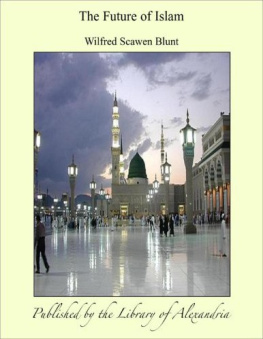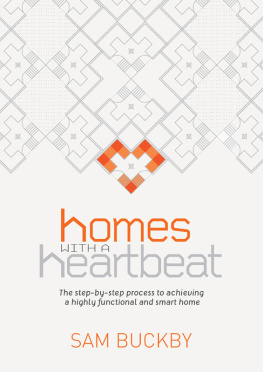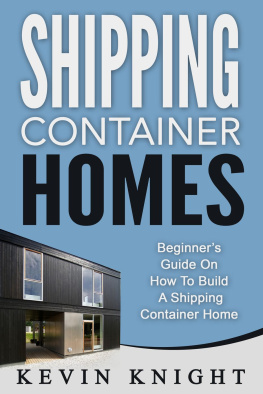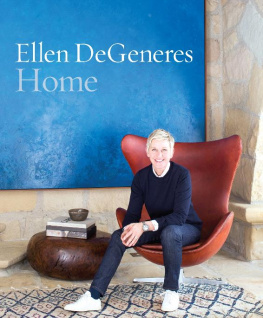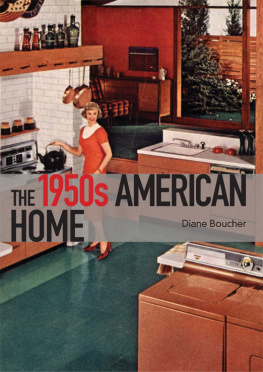HOME
Home is a key idea in numerous traditions of geography as well as a key site and spatial imaginary in the contemporary world. This book provides a critical geography of home from domestic to transnational scales.
Through an engagement with geographical, feminist, cultural studies and postcolonial scholarship, the book demonstrates the complex nature of home as a place and as a spatial imaginary: home can evoke a sense of belonging as well as alienation; ideas and emotions about home can be stretched across the world, connected to a nation and attached to a house; the spaces and imaginaries of home are central to the construction of peoples identities and are materially manifested in a wide range of home-making practices. The argument is made through diverse historical and contemporary examples, including:
the linking of home and nation in contemporary US politics;
the historical experiences of the British in India;
the social correlates of the suburban house and high-rise apartment;
home as work and the transnational migration of domestic workers.
This book provides an essential guide to studying home and domesticity. Each chapter includes text boxes, research boxes and is well illustrated throughout with photographs and figures.
Alison Blunt is in the Department of Geography at Queen Mary, University of London.
Robyn Dowling is in the Department of Human Geography at Macquarie University, Sydney, Australia.
Key Ideas in Geography
Series editors: Sarah Holloway, Loughborough University and Gill Valentine, Sheffield University
The Key Ideas in Geography series will provide strong, original,and accessible texts on important spatial concepts for academics and students working in the fields of geography, sociology and anthroplogy, as well as the interdisciplinary fields of urban and rural studies, development and cultural studies. Each text will locate a key idea within its traditions of thought, provide grounds for understanding its various useages and meanings, and offer critical discussion of the contribution of relevant authors and thinkers.
Published
Nature
Noel Castree
City
Phil Hubbard
Home
Alison Blunt and Robyn Dowling
Forthcoming
Scale
Andrew Herod
Landscape
John Wylie
Environment
Georgina Endfield
HOME
Alison Blunt and Robyn Dowling

First published 2006
by Routledge
2 Park Square, Milton Park, Abingdon, Oxon OX14 4RN
Simultaneously published in the USA and Canada
by Routledge
270 Madison Ave, New York, NY 10016
Routledge is an imprint of the Taylor & Francis Group, an informa business
2006 Alison Blunt and Robyn Dowling
This edition published in the Taylor & Francis e-Library, 2006.
To purchase your own copy of this or any of Taylor & Francis or Routledges collection of thousands of eBooks please go to www.eBookstore.tandf.co.uk.
All rights reserved. No part of this book may be reprinted or reproduced or utilised in any form or by any electronic, mechanical,or other means, now known or hereafter invented, including photocopying and recording, or in any information storage or retrieval system, without permission in writing from the publishers.
British Library Cataloguing in Publication Data
A catalogue record for this book is available from the British Library
Library of Congress Cataloging in Publication Data
Home / Alison Blunt and Robyn Dowling.
p. cm. (Key ideas in geography)
Includes bibliographical references and index.
1. Home. 2. Households. 3. Housekeeping. 4. Dwellings. 5. Architecture, Domestic. I. Dowling, Robyn M. II. Title. III. Series.
GT2420.B654 2006
392.36dc22
2005036702
ISBN10: 0415332745 (hbk)
ISBN10: 0415332753 (pbk)
ISBN10: 0203401352 (ebk)
ISBN13: 9780415332743 (hbk)
ISBN13: 9780415332750 (pbk)
ISBN13: 9780203401354 (ebk)
For Garry and Mark
CONTENTS
ILLUSTRATIONS AND TABLES
FIGURES
TABLES
BOXES
RESEARCH BOXES
ACKNOWLEDGEMENTS
This is a book that straddles our intellectual and emotional homes across two continents and brings together reading, scholarship and friendship that span fifteen years.
As a transnational endeavour, most of our collaboration occurred via email. Though email and the telephone were largely successful, working on this book was also facilitated by a couple of visits. We are grateful to the Macquarie University Visiting Scholar Scheme and the Visiting Academic programme at the Department of Geography, Queen Mary, University of London, for funding that allowed us to share our dwelling spaces occasionally and to work together in the one place.
We are very grateful to the following people who have written research boxes for the book: Akile Ahmet, Alex Barley, Sarah Cheang, Louise Crabtree, Caitlin DeSilvey, Andrew Gorman-Murray, Rachel Hughes, Caron Lipman, Katie Walsh and Helen Watkins. The boxes appear at the end of each chapter in the book, and provide vivid and engaging examples of current geographical research on home. In addition, a number of colleagues have generously allowed us to include images from their personal collections. We are very grateful to Jane M. Jacobs, Lesley Johnson, Lisa Law, Justine Lloyd, Kathy Mee, Kris Olds, and Divya Tolia-Kelly. Noel Castree, Georgina Gowans and Ann Varley also provided help and encouragement as we wrote the book.
The following gave their permission to reproduce material: is a revised extract from A. Blunt (2005) Cultural geography: cultural geographies of home, Progress in Human Geography 29: 50515, and is reproduced with kind permission from Hodder Arnold. We also gratefully acknowledge permission from Blackwell Publishing to reproduce short, revised passages from A. Blunt (2005) Domicile and Diaspora: Anglo-Indian Women and the Spatial Politics of Home (Oxford: Blackwell). Every attempt has been made to obtain permission to reproduce copyright material. If any proper acknowledgement has not been made we would invite copyright holders to inform us of the oversight.
Robyn would like to thank her colleagues in the Department of Human Geography at Macquarie University for providing an incredibly supportive environment in which to write this book, and their commitment to the organizational change necessary to make part-time academic work possible and successful. The Australian Research Council and Macquarie University funded the research on family homes in , and in particular enabled me to gain Emma Powers exemplary research assistance. Kathy Mee and Pauline McGuirk have been very helpful sounding boards throughout the writing of this book.
On a more personal note, Garry Barrett shouldered much more than his share of our home-making practices in order for me to finish this book, and has provided unwavering support for a very long time. Eamon and Clancy handled my absences and mess in the study with their usual resilience but are nonetheless glad that Mums takeover of the computer has ended. In a short space of time they have provided the most wonderful experiences of home as an emotional space, and for that I am especially grateful.
Alison would like to acknowledge The Leverhulme Trust for its award of a Philip Leverhulme Prize, 20046, which has funded her research on this book. Like Robyn, I am very glad that my departmental home in Geography at Queen Mary, University of London, is such a stimulating, supportive and collegial place to be. In particular, I would like to thank my friends and colleagues David Pinder and Jane Wills for their constant support, as well as the students on my undergraduate course, Geographies of Home. Other friends too have helped me throughout the writing of this book, particularly Martin Evans, Nicky Hicks, Richard Phillips, Juliet Rowson and Elaine Sharland. Most importantly, I thank Mark Ryan and my parents, Cecily and Peter Blunt, for making home a place of love and care.


